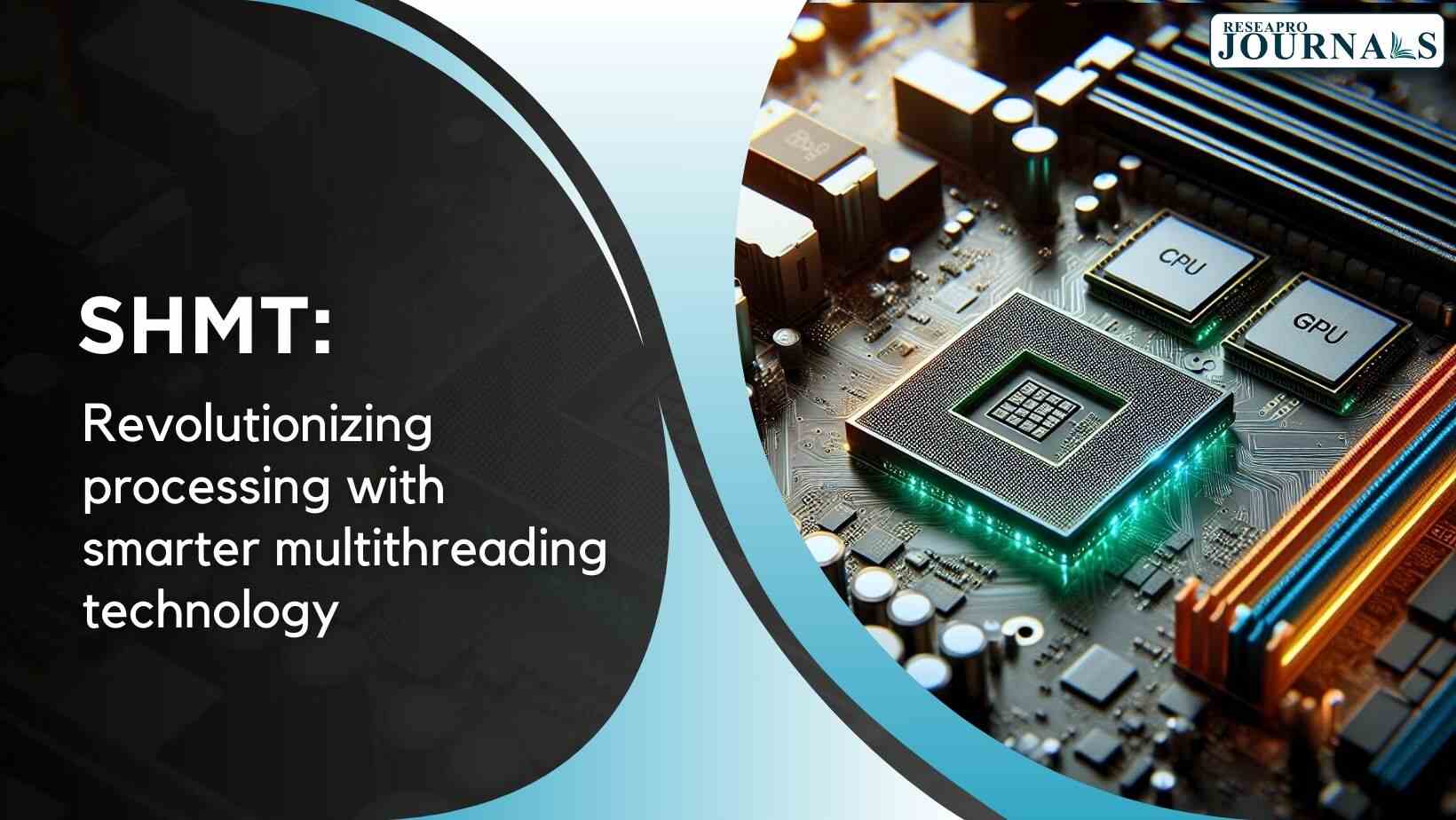
Imagine the possibility of doubling the processing power of your smartphone, tablet, laptop, or even server, all without spending a dime on new hardware. Sounds like something straight out of a science fiction film, right? (www.ndu.edu.ng) Well, thanks to a revolutionary new approach called Simultaneous and Heterogeneous Multithreading (SHMT), this vision is becoming a reality.

Developed by researchers at the University of California, Riverside, SHMT represents a significant shift in computer architecture, unlocking the hidden potential within our everyday devices. But how does it work, and what could it mean for us?
Tapping into Unused Power
Modern devices are not limited to a central processing unit (CPU). They often house a diverse range of processing units, including:
- Graphics Processing Units (GPUs): These excel at handling massive amounts of data quickly, usually for tasks like graphics rendering.
- Hardware Accelerators: These specialized chips are designed for specific tasks, such as artificial intelligence (AI) and machine learning (ML), and they significantly speed up these activities.
- Digital Signal Processing Units (DSPs): These efficiently process audio and video, making them essential for multimedia devices.
However, these powerful components typically operate in isolation. Data gets transferred between them one at a time, creating bottlenecks that slow things down. SHMT disrupts this conventional approach by using all these processors together, allowing them to tackle different parts of a single task simultaneously.
Benefits of SHMT: Faster, Cheaper, Greener
SHMT offers several exciting benefits:
- Double the Speed: SHMT has the potential to double processing speeds for many applications by combining the power of multiple processors.
- Improved User Experience: This could translate to smoother gameplay on your phone, faster web browsing, and quicker rendering times for creative work like video editing and photo manipulation.
- Reduced Hardware Costs: With SHMT, you might not need expensive hardware upgrades as often, as your existing devices can be optimized for better performance.
- Greener Technology: SHMT can significantly reduce energy consumption by using existing resources efficiently, leading to lower energy bills and a smaller environmental footprint.
- Sustainable Future: Lower energy use translates to reduced carbon emissions and less water for cooling data centers, contributing to a more sustainable future.
Looking Ahead: Making SHMT a Reality
While research on SHMT is promising, some challenges need to be addressed before it becomes widely available:
- System Integration: For widespread adoption, SHMT needs to be seamlessly integrated with existing operating systems and software applications.
- Hardware Support: Ensuring compatibility with the diverse range of hardware configurations found in various devices is essential.
- Code Optimization: Developers need to adapt and optimize code to take full advantage of SHMT’s capabilities.
- Identifying Suitable Applications: Determining which applications benefit most from SHMT will guide its practical implementation.
Despite these challenges, SHMT presents a groundbreaking opportunity to revolutionize how we use technology. By unlocking the true potential within our devices, SHMT paves the way for a future with faster performance, increased efficiency, and a more sustainable environment. The journey towards widespread use has just begun, and the potential impact of SHMT is truly exciting.
